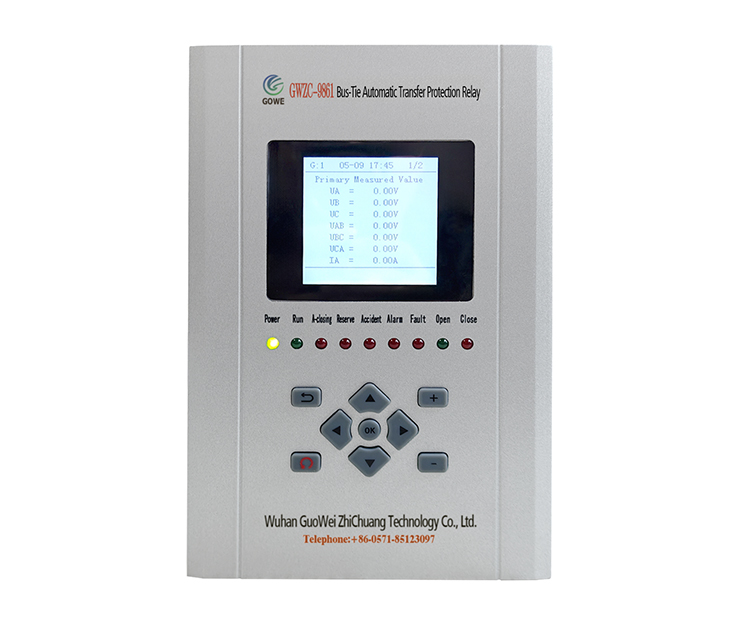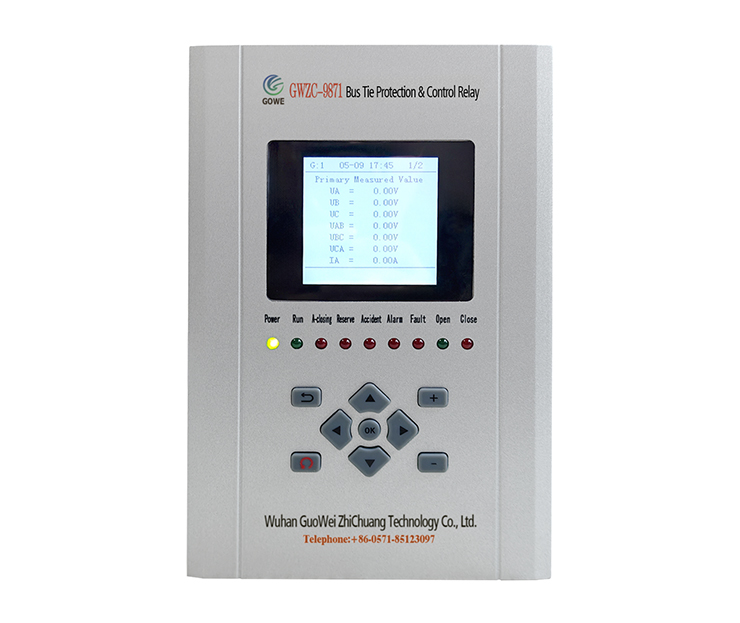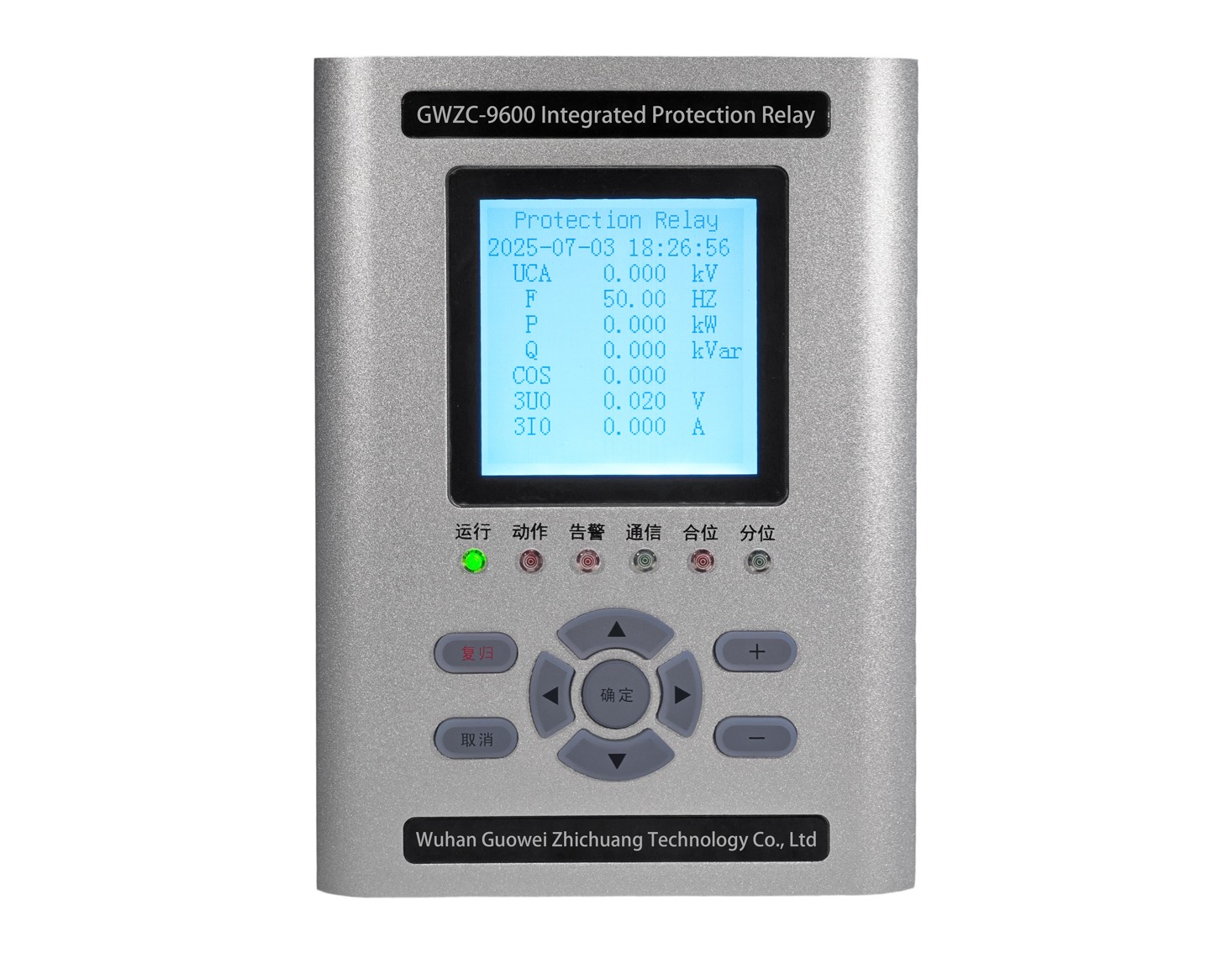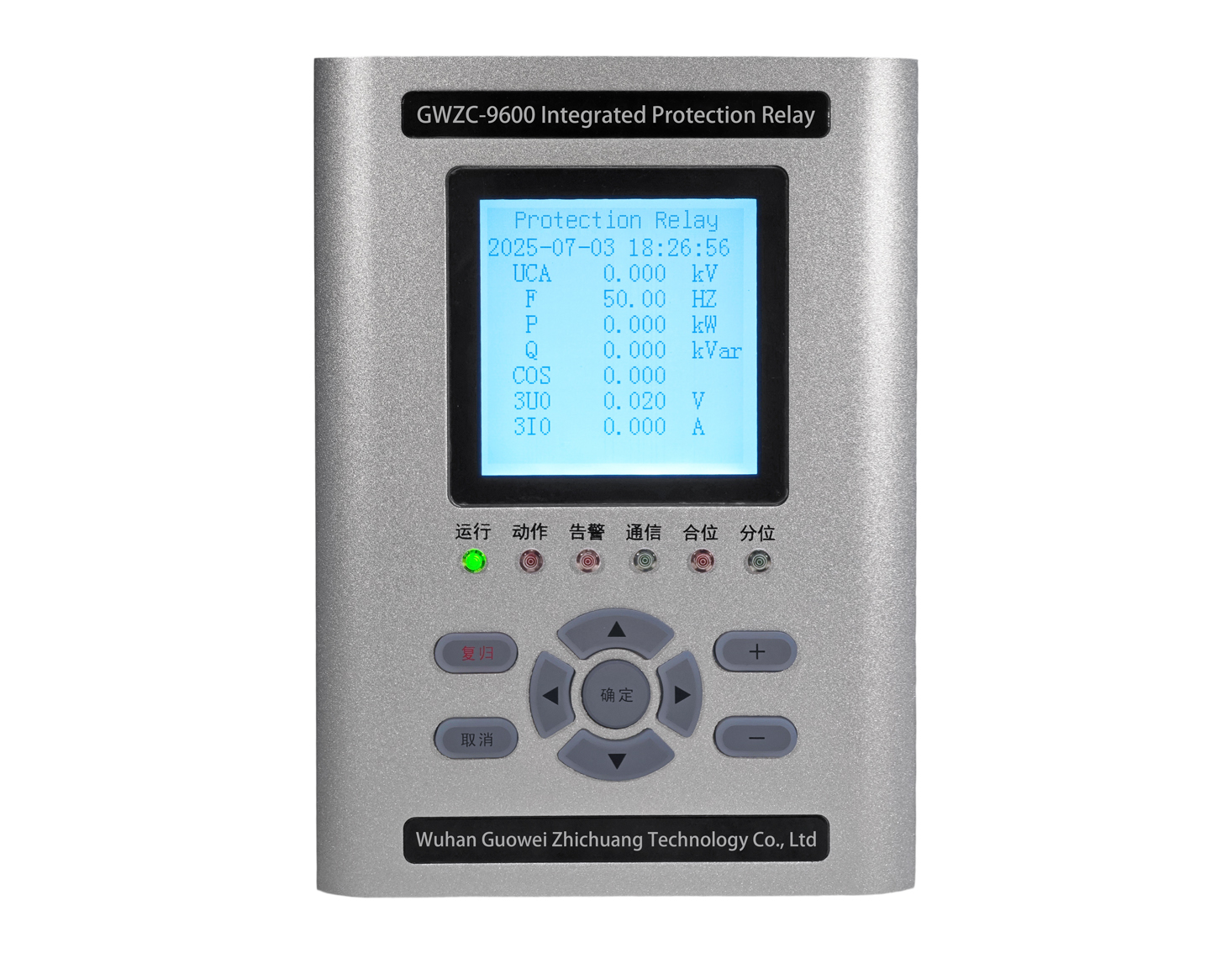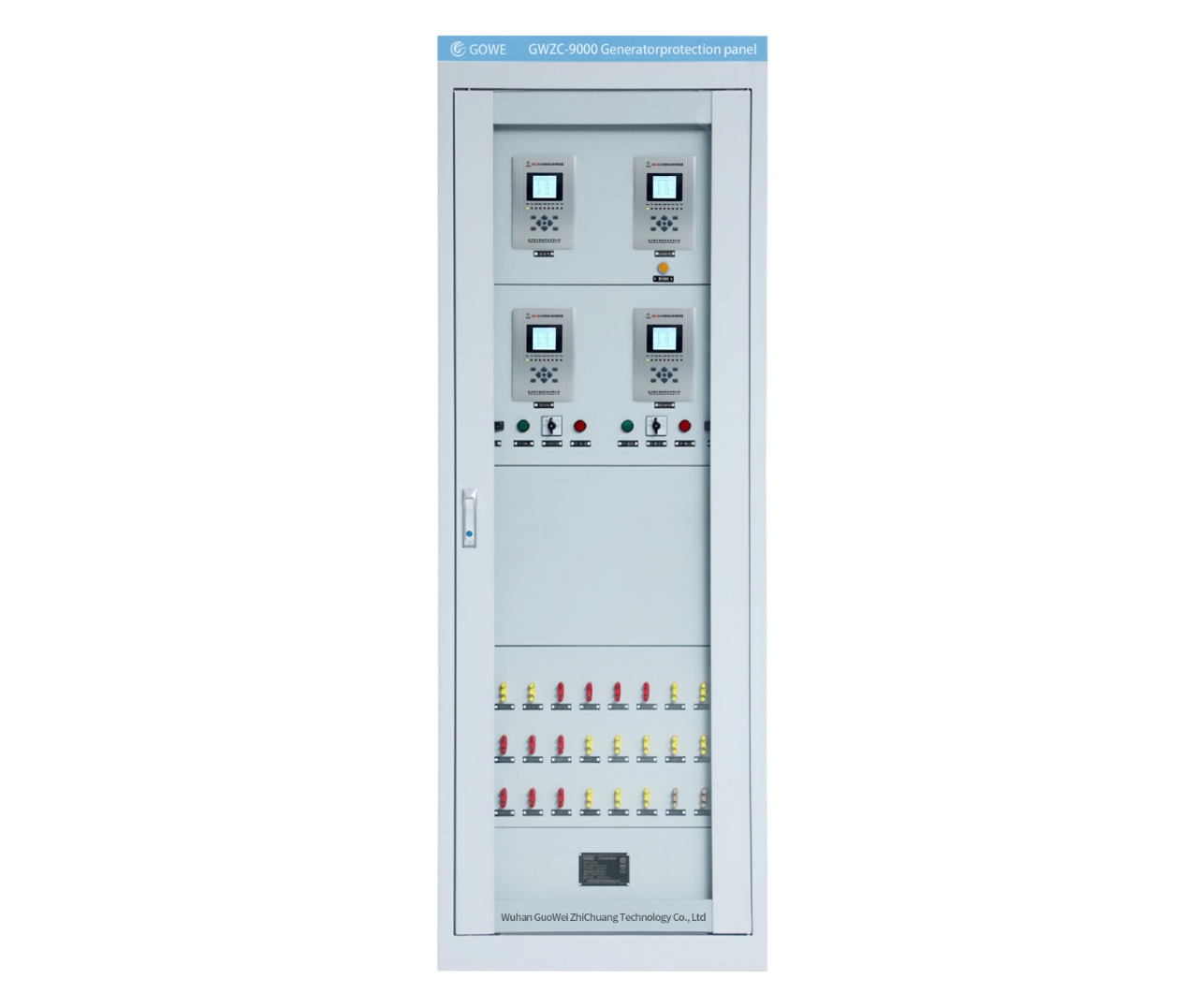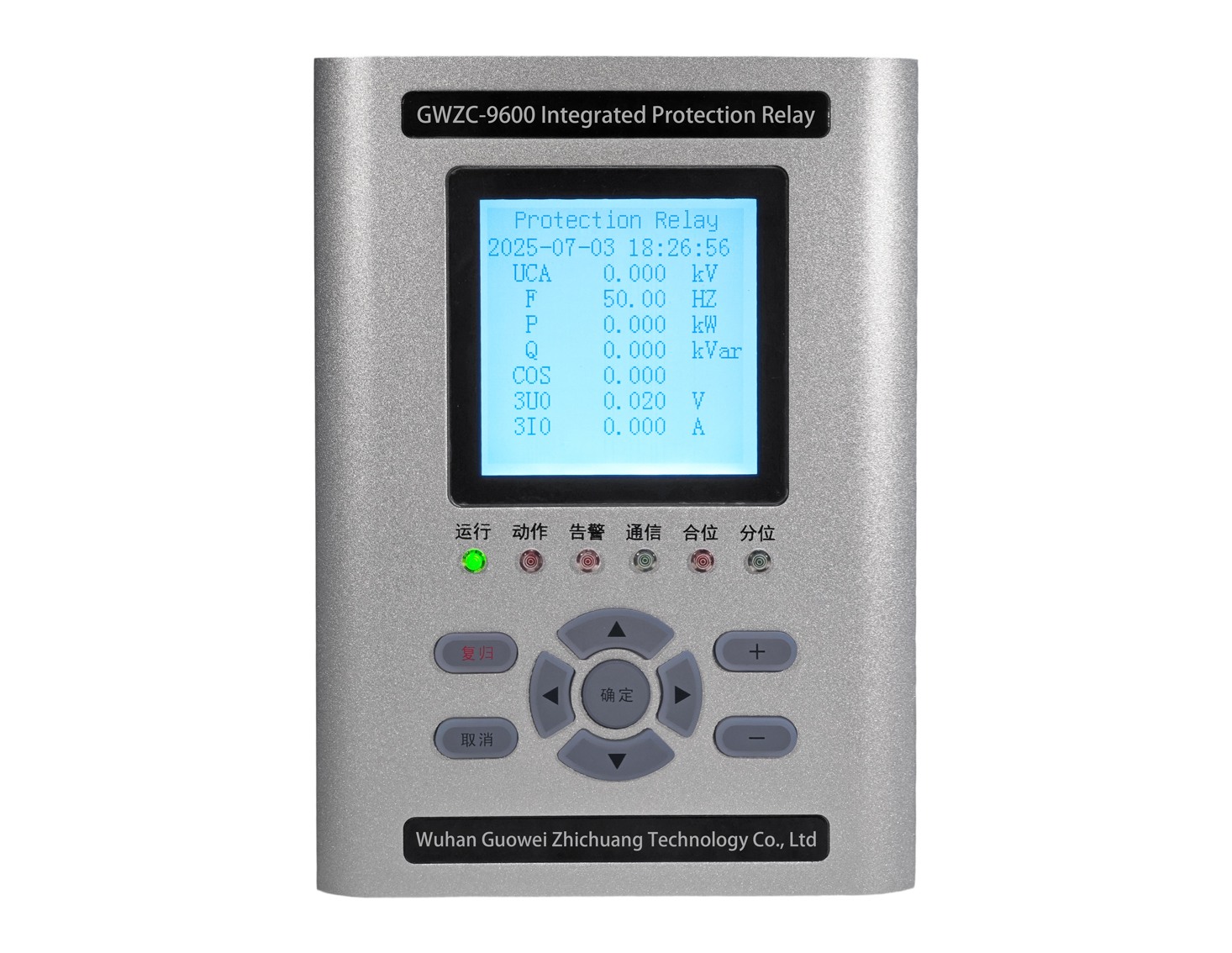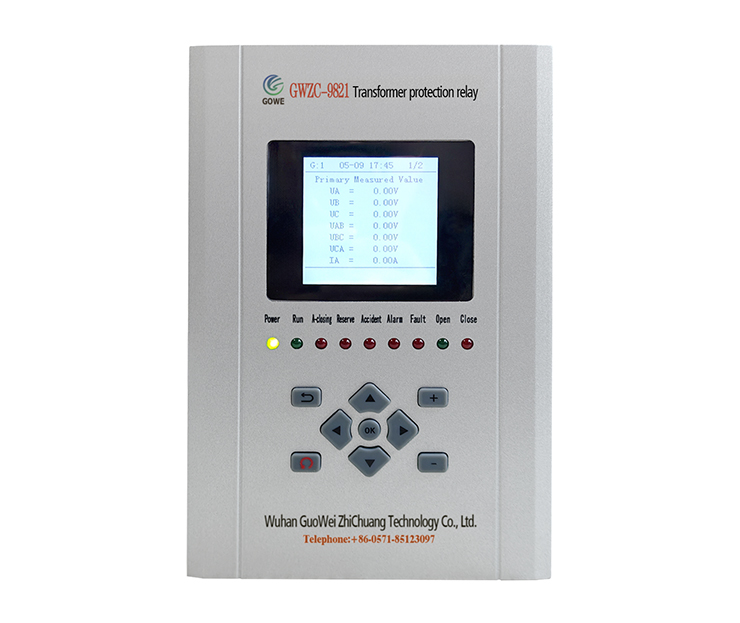Understanding the distinction between Voltage Retransfer and Voltage Paralleling is crucial as they address different problems in power systems, primarily applied in busbar protection and secondary circuit switching.
1. Voltage Retransfer
- Purpose: Achieves electrical isolation & state tracking. Prevents voltage signals from different sources (e.g., different buses) from being erroneously connected, avoiding short-circuits and mismatches in shared circuits.
- Function:
-
- Physical Isolation: Receives input voltage (e.g., from VT secondary windings), outputs through electrically isolated relays (retransfer/transfer relays).
- State Tracking: Input links to primary equipment status (e.g., disconnector auxiliary contacts). Outputs only when the connected source (e.g., a bus) is energized (disconnector closed), providing correct voltage to downstream devices (protection relays, synch check).
- Core Feature: Isolation and Selection (State Tracking). Ensures voltage signals match the operational state of primary equipment.
- Typical Applications:
-
- Dual Bus Systems: Automatically provides line/transformer protection with the voltage of their connected bus.
- Sectionalized Single Bus: Prevents VT circuits from unintended connection.
- Providing isolated, consistent voltage sources to multiple devices (protection, metering, SCADA).
2. Voltage Paralleling
- Purpose: Achieves circuit interconnection. Creates a unified voltage source when two buses are physically paralleled.
- Function:
-
- Circuit Connection: Uses switching devices (e.g., disconnector contacts + paralleling switch) to temporarily parallel two VT secondary circuits when enabled.
- Core Feature: Paralleling. Provides a single secondary voltage reference during interconnection.
- Typical Applications:
-
-
- VT Maintenance: Allows taking one VT out of service without de-energizing its bus by transferring the load to another VT.
-
- Unified Reference Source: Ensures consistent voltage for protection/metering when buses are interconnected.
Core Differences Summary:
-
- Voltage Retransfer: Isolation & Selection
- Voltage Paralleling: Temporary Circuit Interconnection
-
- Voltage Retransfer: Prevent short-circuit/mismatch in shared circuits
- Voltage Paralleling: Maintain VT supply during maintenance/provide unified source
-
- Voltage Retransfer: Relay contact isolation/switching (single source)
- Voltage Paralleling: Physical circuit joining (dual source)
-
- Voltage Retransfer: Based on primary state (e.g., disconnector position)
- Voltage Paralleling: Manual/automatic switch operation (requires physical bus paralleling)
-
- Voltage Retransfer: Provides independent voltage signal from selected bus
- Voltage Paralleling: Merges two VT circuits into one temporary source
-
- Voltage Retransfer: Short-circuit between sources
- Voltage Paralleling: VT overloading or loss of reference
Key Synergy in Dual Bus Systems:
- Normal Operation: Retransfer provides isolated, correct voltage per feeder.
- VT Maintenance Operation:
-
- Verify physical bus paralleling.
- Operate Paralleling Switch.
- Voltage for the bus under maintenance is supplied via paralleling. Retransfer circuits feed the unified voltage.
- Take VT offline.
Conclusion:
Retransfer (Switching) ensures voltage signals are always isolated and precisely match the monitored primary circuit state during normal operation. Paralleling is a temporary measure during special conditions (maintenance/physical paralleling) to merge circuits for voltage continuity and reference unity. Both are fundamental for power system security and operational flexibility.

